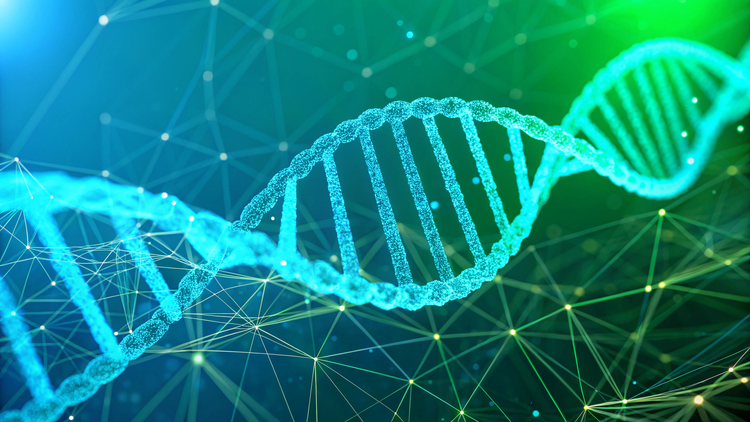Cooking is one of life's essential activities that has significant impacts on the environment. In many parts of the world, traditional cookstoves that burn wood, charcoal or fossil fuels contribute to carbon emissions on the scale of the airline industry. They perpetuate deforestation. Inhaled pollutants from traditional cooking are a leading cause of lung disease.
Over the past decade many clean cookstove projects have been implemented with the goal of reducing greenhouse gas emissions and improving health outcomes.
To help finance these projects and to incentivize the switch to clean cooking, verified emission reductions are compensated in the form of Verified Emission Reduction Carbon Credits that may be sold through the Voluntary Carbon Market.
Cooking the books
But now a new scientific article with the provocative title Cooking the books: Pervasive over-crediting from cookstoves offset methodologies has been published by researchers from the University of California, Berkeley – specifically the Goldman School of Public Policy and California Institute for Energy and Environment.
These researchers, who investigated the methodologies used to calculate carbon credits from clean cookstoves, have found that many of the current methodologies are flawed and lead to over-crediting.
After analyzing data from over 50 cookstove projects in India, Africa, and South America, the researchers found that most of these projects claimed to have reduced much more carbon emissions than they actually did – up to 6.3 times more than what was scientifically valid.
This over-crediting was primarily due to flawed or outdated methodologies that did not account for the real-world usage of the cookstoves, which has mostly been based on over-optimistic assumptions.
The authors conclude that the Gold Standard Methodology for Metered Devices is the only credible methodology for calculating carbon credits from clean cookstoves.
The Gold Standard
The Gold Standard Methodology for Measured and Metered Cooking Devices requires documentation and independent verification of the sales of fuel types and quantities used in traditional cookstoves before the project and during the project. This is used to establish a baseline for the emissions that would have occurred in the absence of the project. The methodology then calculates the emissions reduction achieved by the project by converting the mass of fuel purchased, using a technical formula.
There are several reasons why fuel sales records are considered to be a rigorous means of verification for carbon emission reduction claims and issuing carbon credits:
- It provides a direct measure of fuel consumption: Fuel sales records provide a direct measure of the amount of fuel used. This ensures that the carbon emissions reduction achieved by the project is based on real data rather than estimates or assumptions.
- It accounts for real-world usage: Fuel sales records account for the real-world usage of the cookstove, including cultural and social factors that can affect usage. This ensures that the carbon credits are only issued for actual emissions reductions achieved.
- It ensures additionality: This ensures that the emissions reductions achieved by the project are additional to what would have occurred without the project.
Rewriting the book
Emerging is a digital MRV solution built by ixo in partnership with Emerging Cooking Solutions. This technological innovation is re-writing (or "re-righting?") the book on implementing the Gold Standard methodology. This has significant potential to positively transform the voluntary carbon market for clean cooking.

The Emerging platform directly integrates mobile money transaction records from households paying for cooking fuel, with cooking session data from cookstove IoT sensors. A Causal AI mechanism is used to objectively evaluate carbon emission reduction claims and this enables the issuance of Verified Emission Reduction (VER) digital credential certificates. Tokenised Carbon Credits are added to a decentralised registry with the backing of these digital certificates and evidence in the form of verified data.

Emerging is now the most advanced mechanism available for measuring, reporting and verifying carbon emission reductions from fuel switching. It assures that carbon credits are only issued for actual emissions reductions achieved, rather than theoretical reductions.

Self-certification
A novel innovation of the Emerging platform is that it provides a self-certification mechanism that can directly reward the producers of carbon emission reductions. Due credit is given to the households who are changing their cooking practices and using clean cookstoves as their primary means of cooking.
Households can use their Carbon Credits to get the latest cookstove technology for free. Or they can exchange these tokens to purchase goods and services from a growing ecosystem of vendors who accept tokenised carbon credits as a form of payment. There is great potential for these innovations to change the power balance in the Carbon Economy and to provide real circular economy incentives for households in emerging markets.
Not cooking the books
The Gold Standard Methodology for cookstoves using fuel sales records provides a rigorous and transparent approach to verifying carbon emission reduction claims and issuing carbon credits.
The Emerging digital MRV solution using AI to verify actual cookstove usage with data from embedded IoT devices, can assure that emission reductions are real, transparent, and independently verifiable. The Emerging platform represents a significant step forward in the digital MRV of carbon emission reduction claims in the clean cooking sector.
These developments will help ensure the integrity of the carbon market and support the transition to a low-carbon economy in emerging markets where the fuel used for everyday cooking really matters for the whole world.






